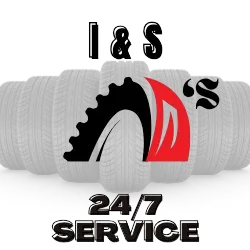Multi purpose
Lorem ipsum dolor sit amet, consectetur adipiscing elit, sed do eiusmod tempor incididunt ut labore et dolore magna aliqua. Ut enim ad minim veniam, quis nostrud exercitation ullamco laboris nisi ut aliquip ex ea commodo consequat. Duis aute irure dolor in reprehenderit in voluptate velit esse cillum dolore eu fugiat nulla pariatur. Excepteur sint occaecat cupidatat non proident, sunt in culpa qui officia deserunt mollit anim id est laborum.
Title
Lorem ipsum dolor sit amet, consectetur adipiscing elit, sed do eiusmod tempor incididunt ut labore et dolore magna aliqua. Ut enim ad minim veniam, quis nostrud exercitation ullamco laboris nisi ut aliquip ex ea commodo consequat. Duis aute irure dolor in reprehenderit in voluptate velit esse cillum dolore eu fugiat nulla pariatur. Excepteur sint occaecat cupidatat non proident, sunt in culpa qui officia deserunt mollit anim id est laborum.

FAQS
What is the recommended tire pressure for my vehicle, and how often should I check it?
The recommended tire pressure for your vehicle can typically be found in the owner's manual or on a label inside the driver's door jamb. It's essential to check your tire pressure at least once a month and before long trips. Proper tire pressure ensures even wear, better fuel efficiency, and optimal handling, contributing to your safety on the road.
What's the difference between all-season and winter tires, and when should I consider switching to winter tires?
All-season tires are designed to perform well in various weather conditions, including light snow. Winter tires, on the other hand, have a specific tread pattern and rubber compound for superior traction in cold and snowy conditions. It's recommended to switch to winter tires when temperatures consistently drop below 45°F (7°C) to ensure better grip and control on icy or snowy roads.
How can I tell if my tires are worn out and need replacement?
You can perform a simple visual inspection and the "Penny Test" to check your tire tread. Place a penny into the tread grooves with Lincoln's head facing down. If you can see the top of Lincoln's head, your tire treads are too shallow and need replacement. Additionally, look for signs of uneven wear, cracking, or bulging on the sidewalls. If you notice any of these issues, it's time to consult a professional for a thorough assessment and possible tire replacement.

